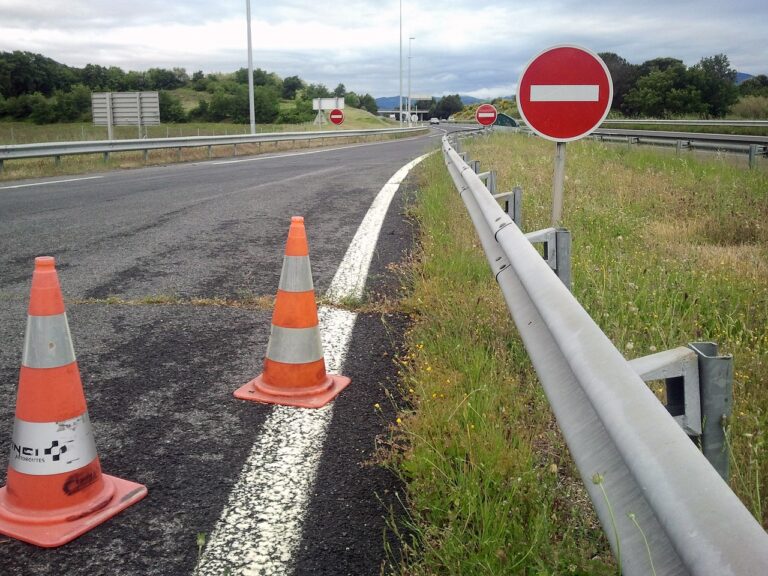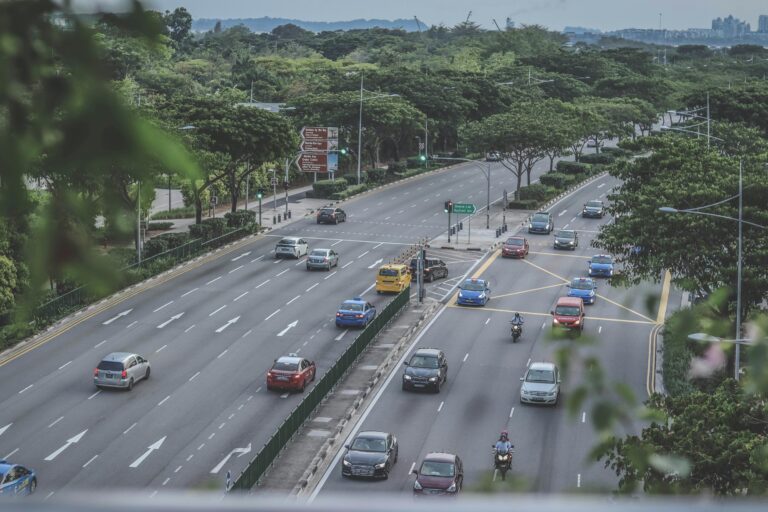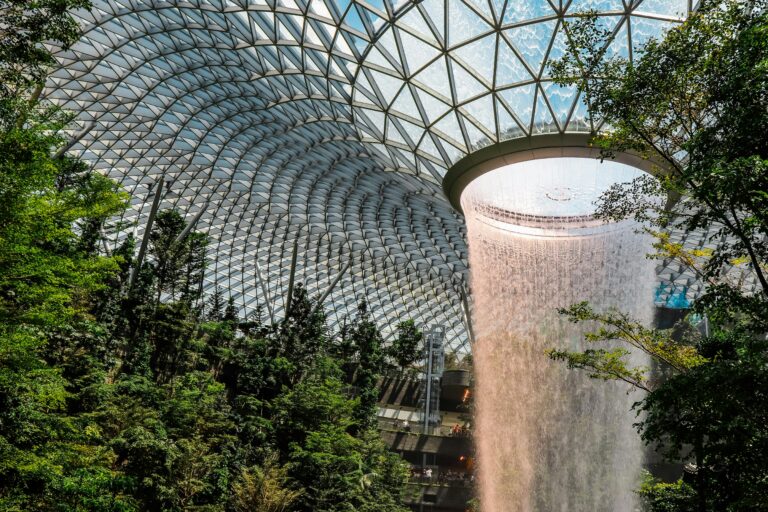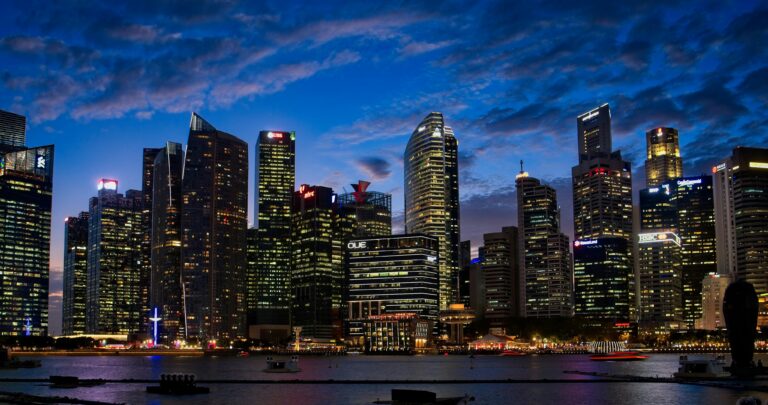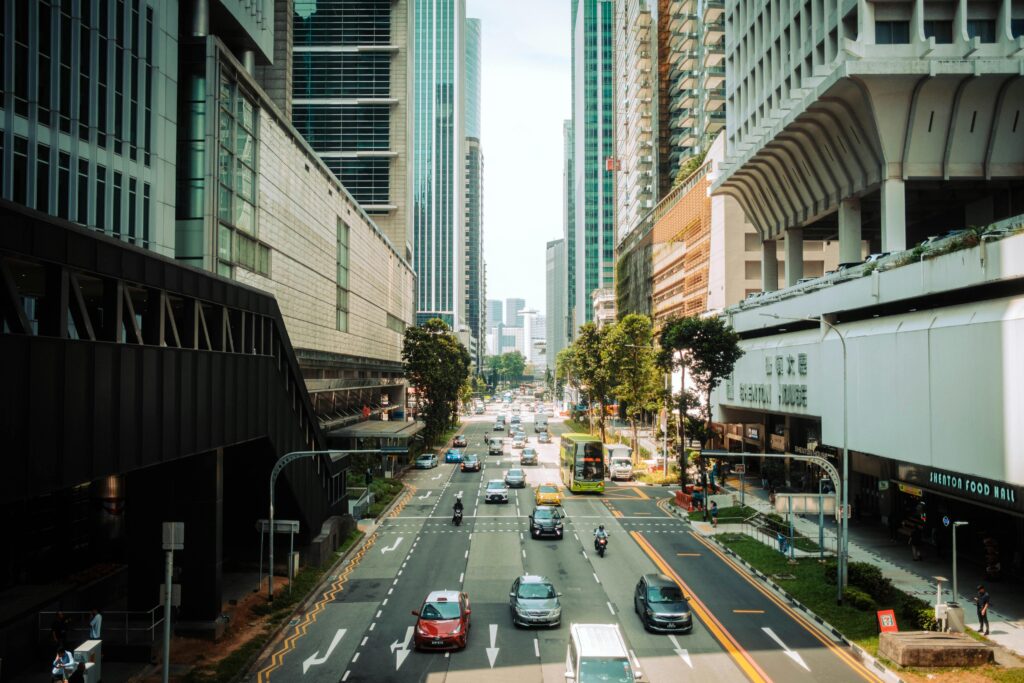
Singapore is renowned for its world-class public infrastructure and thoughtfully designed public spaces. These elements not only support the city-state’s dense population but also enhance the quality of life for its residents. Here’s an in-depth look at Singapore’s approach to public infrastructure and spaces, highlighting key projects, innovative designs, and the impact on the community.
Read more driving tips here: https://learntodrivesg.com/
Integrated Transport Network
One of the cornerstones of Singapore’s public infrastructure is its integrated transport network. The island boasts a highly efficient and comprehensive public transportation system that includes:
- Mass Rapid Transit (MRT): The MRT system is the backbone of Singapore’s public transport, offering extensive coverage across the island. With over 200 kilometers of track, the MRT ensures that most parts of the city are easily accessible. The network is continuously expanding, with new lines and stations being added to meet growing demand.
- Bus Services: Complementing the MRT, the bus network is extensive and efficient, with well-planned routes that connect various parts of the city. The buses are modern, air-conditioned, and equipped with GPS tracking, allowing real-time updates for commuters.
- Integrated Transport Hubs: These hubs seamlessly connect MRT stations, bus interchanges, and retail spaces, providing convenience and enhancing the commuter experience. Examples include the Jurong East and Bedok Integrated Transport Hubs.
Smart Nation Initiatives
Singapore’s Smart Nation initiative aims to leverage technology to improve public services and infrastructure. Key aspects include:
- Smart Traffic Management: Advanced traffic monitoring systems use sensors and data analytics to manage traffic flow, reduce congestion, and improve road safety. Smart traffic lights and real-time traffic updates help optimize the use of road infrastructure.
- Contactless Payment Systems: Public transport payments are made easy with the EZ-Link card and contactless bank cards, streamlining the payment process for commuters.
- Urban Mobility Innovations: Autonomous vehicle trials and electric vehicle initiatives are part of Singapore’s strategy to create a sustainable and forward-thinking transport ecosystem.
Efficient Road Network
Despite its compact size, Singapore boasts a well-developed road network that provides seamless connectivity across the island. Key features of the road infrastructure include:
- Expressways: Singapore’s network of expressways forms the backbone of its road system, facilitating rapid movement between different parts of the island. Expressways like the Central Expressway (CTE), Pan Island Expressway (PIE), and East Coast Parkway (ECP) are critical arteries that link residential areas, industrial zones, and commercial hubs.
- Arterial Roads: Complementing the expressways are a network of arterial roads that connect neighborhoods, business districts, and key amenities. These roads are designed to handle moderate to heavy traffic and often feature multiple lanes, traffic signals, and pedestrian crossings.
- Road Signs and Markings: Singapore’s road signage and markings are clear, standardized, and prominently displayed, ensuring smooth navigation for motorists. This includes directional signs, lane markings, speed limits, and safety warnings, all of which contribute to road safety and efficiency.
Smart Traffic Management
Singapore’s road infrastructure is supported by advanced traffic management systems that leverage technology to optimize traffic flow, enhance safety, and minimize congestion. Key components of these systems include:
- Electronic Road Pricing (ERP): Introduced in 1998, ERP is a congestion pricing system that charges motorists for using congested roads during peak hours. By adjusting toll rates based on traffic conditions, ERP helps manage demand and reduce congestion on major roads and expressways.
- Intelligent Transport Systems (ITS):Strategically deployed across the road network, ITS technologies like CCTV cameras, variable message signs, and traffic sensors monitor traffic conditions in real-time. Authorities use this data to offer motorists timely updates, manage traffic flow, and respond to incidents quickly.
- Green Wave Schemes: Green wave schemes synchronize traffic signals along major roads to create a “green wave” of consecutive green lights for motorists traveling at optimal speeds. This minimizes stops and starts, reducing fuel consumption, emissions, and travel time.
Pedestrian-Friendly Design
In addition to catering to motorists, Singapore’s road infrastructure prioritizes the safety and convenience of pedestrians. Key initiatives include:
- Pedestrian Crossings: Pedestrian crossings are strategically located at intersections, bus stops, and other high-traffic areas, providing safe passage for pedestrians. These crossings have traffic lights, audible signals, and tactile paving to aid visually impaired pedestrians.
- Footpaths and Walkways: Singapore maintains well-maintained, wide, and accessible footpaths and walkways, accommodating pedestrians of all ages and abilities. Trees and sheltered walkways often shade these paths, enhancing comfort and usability, especially in Singapore’s tropical climate.
- Underpasses and Overpasses: Authorities construct underpasses and overpasses at busy road junctions to enable pedestrians to cross safely without disrupting traffic flow. These structures feature ramps, stairs, and elevators for easy accessibility.
Future Developments
As Singapore continues to evolve, several future developments are poised to further enhance its road infrastructure:
- Expansion of Expressways: Plans are underway to expand and upgrade existing expressways to accommodate future traffic growth.
- Enhanced Public Transport Integration: Efforts to integrate road infrastructure with public transport systems include developing bus lanes, transit-oriented developments (TODs), and last-mile connectivity solutions.
- Smart Mobility Solutions: Singapore is exploring innovative mobility solutions such as autonomous vehicles, electric mobility, and mobility-as-a-service (MaaS) platforms to improve efficiency, sustainability, and inclusivity in urban transportation.
Green and Sustainable Spaces
Singapore is often referred to as a “City in a Garden,” and for good reason. The city-state has made significant investments in creating green spaces and sustainable urban environments:
- Parks and Gardens: Iconic spaces like the Singapore Botanic Gardens, a UNESCO World Heritage Site, and Gardens by the Bay showcase Singapore’s commitment to greenery. These parks not only provide recreational spaces but also promote biodiversity and environmental education.
- Park Connectors: The Park Connector Network (PCN) links various parks and green spaces across the island, encouraging cycling, jogging, and walking. This network enhances accessibility to green spaces and promotes a healthy lifestyle.
- Vertical Greenery: Buildings like the Oasia Hotel Downtown and Marina One integrate vertical gardens and green facades, contributing to urban greenery and improving air quality.
Community Spaces and Cultural Hubs
Public infrastructure in Singapore also includes spaces designed to foster community interaction and cultural development:
- Community Centers: These centers offer recreational and social activities, from sports facilities to art classes, fostering community engagement.
- Libraries: The National Library Board offers a vast collection of books, digital resources, and community programs. Libraries like the National Library at Bugis and the Bishan Public Library are also architectural landmarks.
- Cultural Districts: Areas such as the Civic District and Bras Basah. Bugis are home to museums, theaters, and art galleries, making them cultural hubs that celebrate Singapore’s heritage and contemporary arts scene.
Resilient and Future-Ready Infrastructure
Singapore’s approach to infrastructure is also about resilience and future-readiness:
- Water Management: Singapore has developed a robust water management system, including the NEWater recycling process and networks of reservoirs.
- Flood Management: Infrastructure like the Stamford Detention Tank and the Marina Barrage aim to prevent flooding.
- Sustainable Buildings: The Green Mark certification encourages buildings to adopt sustainable design practices, reducing energy consumption and environmental impact.
Conclusion
Singapore’s public infrastructure and spaces exemplify the city-state’s forward-thinking planning and dedication to improving residents’ quality of life. Through integrated transport systems, smart tech, green initiatives, and vibrant community spaces. Singapore sets benchmarks in urban living, sustainability, and resilience. Singapore remains a global model, showcasing how careful infrastructure planning and public spaces can foster a livable and inclusive environment.


